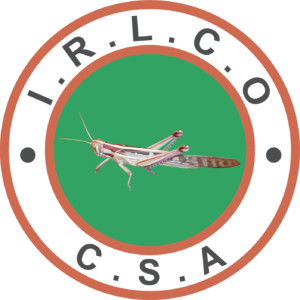Quelea Birds
Managing the World's Most Destructive Avian Pest
Overview of Quelea Birds
The Red-billed Quelea (Quelea quelea), often referred to simply as Quelea Birds, is the most numerous bird species on Earth and is widely regarded as the most destructive avian pest to cereal crops in Africa. These small, sparrow-like birds are capable of forming enormous flocks, sometimes numbering in the millions, that can decimate entire fields of crops in a matter of hours. Their voracious appetite and sheer numbers make them a significant threat to food security across the African continent.
Habitat
Quelea Birds are highly adaptable and are found across a wide range of habitats in Sub-Saharan Africa, from dry savannas to wetland areas. They prefer regions where there is a mix of natural grasslands and agricultural fields, as these provide both nesting sites and abundant food sources.
Lifecycle
The lifecycle of Quelea Birds is closely tied to seasonal rainfall patterns. They breed during the wet season when food is plentiful and conditions are ideal for raising their young. A single breeding pair can produce up to three broods per year, with each brood consisting of three to four chicks.
Impact on Agriculture
The impact of Quelea Birds on agriculture is devastating. A single flock can consume several tons of grain in a day, leaving fields stripped bare and farmers facing significant losses. The birds are particularly destructive to cereal crops, which are a staple food source in many African countries.
Control and Management Strategies
Controlling Quelea Bird populations is a challenging task due to their sheer numbers and mobility. IRLCO-CSA employs a combination of chemical, mechanical, and cultural control methods to reduce their impact on crops. Chemical control, primarily through the use of avicides, is often necessary to reduce large populations quickly.
